
ADR 30UNDER30 alumni Nicola Charlesworth and Kim Stanek on the rich ethos of Object Density
ADR 30UNDER30 alumni Nicola Charlesworth and Kim Stanek on the rich ethos of Object Density
Share
Australian Design Review (ADR)’s 30UNDER30 program provides mentorship and career development in the architecture and design industry, bringing together game-changers, industry leaders, practice founders, product manufacturers, suppliers and sponsors to highlight and empower young architects and innovators of the future.
In celebration of the new ADR 30UNDER30 Architects and Innovators of the Built World stream, ADR talks with the alumni from the inaugural Interior and Product Design stream to discover what they thought about the program.
The now Sydney-based design studio Object Density is a collaboration of life-work partners Nicola Charlesworth and Kim Stanek – an endeavour anchored by shared passions for returning value to discarded materials and process-conscious design. After welding Dutch and Australian philosophies in Eindhoven, the pair returned to Australia ready to connect with local designers right as the 30UNDER30 opportunity presented itself.
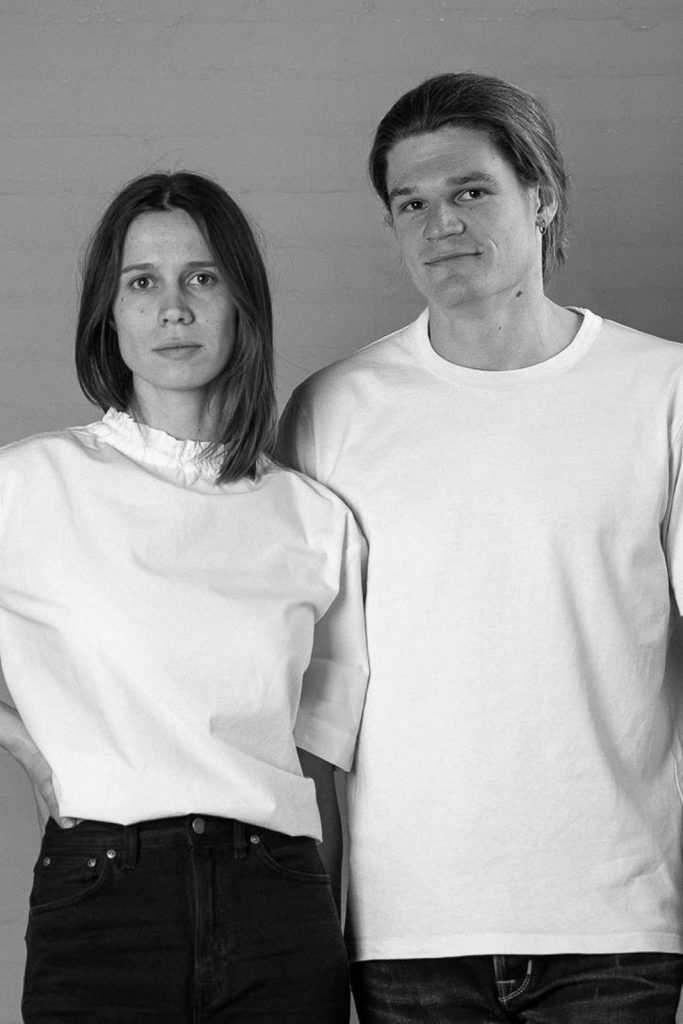
Australian Design Review: First off, tell me about the origin of Object Density and your career paths to that point?
Object Density: After graduating with industrial or product design degrees at the University of Technology Sydney in 2017 and 2016 – Kim and Nicola respectively – we worked in various design roles around Sydney. Nicola had a brief stint studying at the Royal College of Art in the UK, before coming back to Sydney in 2018 with itchy feet and a desire to explore design abroad.
In 2019 we moved together to Eindhoven, the Netherlands, to see what life and design would be like in a new context. The original plan was to stay for two years and then reassess. In the end, we stayed for about three and half years – all through the covid pandemic.
Towards the end of 2019, we founded Object Density as a creative exercise with two main outputs. First, as a construct with which we could explore what projects might look like when working together, and in full control of the entire process – from ideation to batch production. Second, but no less important, we used the studio as a vehicle with which to learn about, and navigate, the Dutch design culture.
Can you describe the ethos and values of your studio, and elaborate on the concept of a ‘dense’ object?
Object Density is a studio that marries a narrative driven process with a refinement of form and construction to create furniture, lighting and objects. We draw upon literature research, the physical environment and cultural narrative to probe at the nuanced effect of place on identity, using our findings to drive the concept, form and detailing of a project.
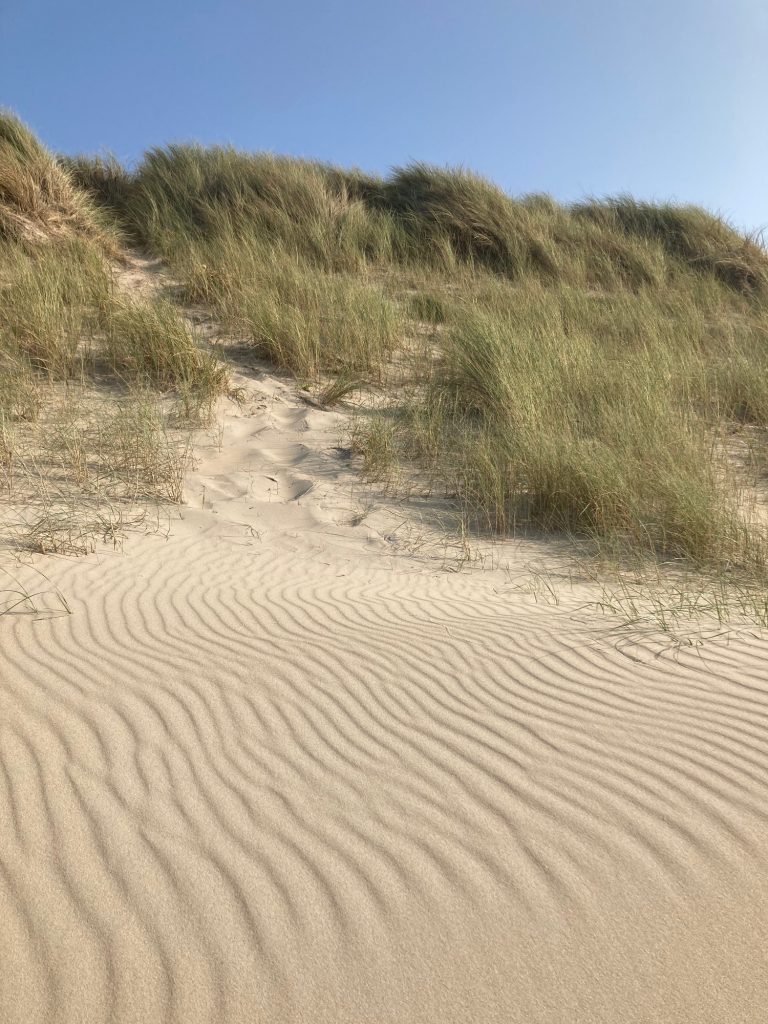
Hand-in-hand with our research base are our love of and devotion to materials. As product designers, it is impossible for us to ignore the footprint we make with our work. We have experienced the unsustainable processes that mass manufacturing relies on and the difficulties in operating in alternate ways. Waste and discarded materials are a core part from the beginning of our projects, seeking to reinstate value through material de-contextualisation and production techniques that draw from craft-making processes.
There is so much that goes unseen behind a beautiful finished product – whose knowledge or skills are you drawing upon? Where are the materials sourced? What communities are benefiting from the systems you’re putting in place? The idea of a ‘dense’ object was born out of these thoughts, recognising that the design and production chain embodied in an object can be enriched and enriching.
Considering years of enrichment in Eindhoven, what Object Density achievements have been made possible by a global perspective?
Contemporary design in the Netherlands is a different beast than in Australia. The culture and industry around it is much older, more established and more ingrained in the wider society. With cultural goods being one of the Netherlands biggest exports, they recognise and support its development from a governmental level. Exhibitions and grants are common and accessible, and without these, Object Density would not be where it is today. We were very fortunate to receive small grants to assist us in funding projects and developing our studio vision. The grants we received enabled us to exhibit in Dutch Design Week, Object Rotterdam, London Design Fair and Milan Design Week, gaining exposure and a network that has become invaluable to the studio.
From these exhibition opportunities we continued to develop our studio voice and vision, while gaining a trial-by-fire crash course on exhibition design and installation, international customs and logistics, as well as networking with other designers and suppliers, and how to present ourselves and our studio alongside our work. While these are certainly ongoing lessons, the period of growth we were able to condense into a few short years would not have been possible had we stayed in Australia.
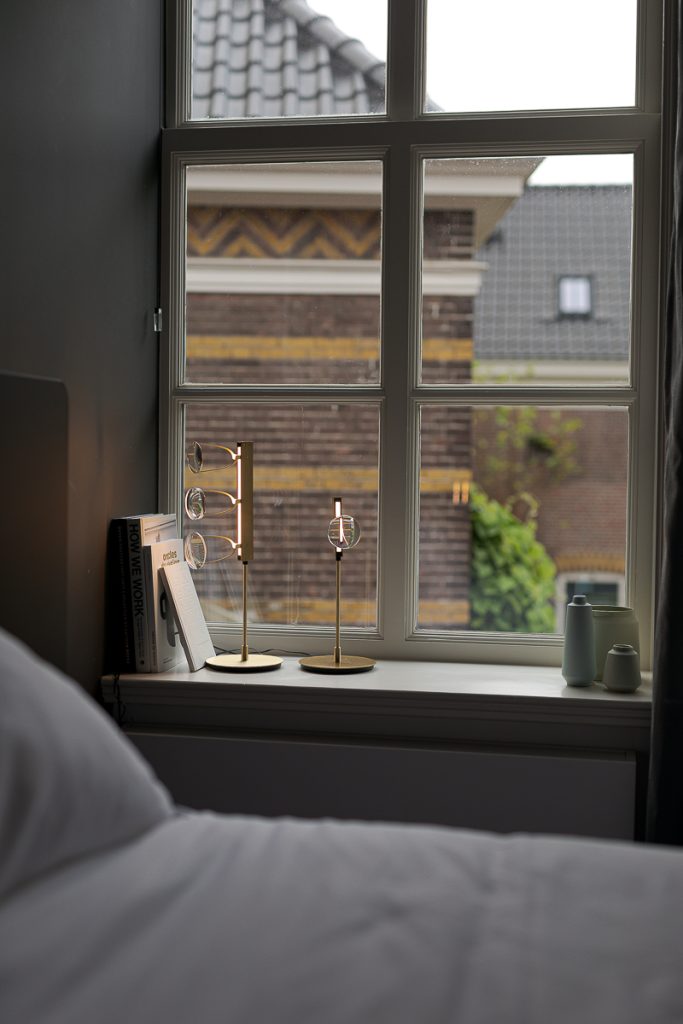
How do you feel Australian Design Review’s 30UNDER30 program has enhanced your professional practice?
We returned from the Netherlands shortly before applying for the 30UNDER30 program. Although we had an existing network within the Sydney design community, we realised it was limited and largely product design-focused. Being a part of this program has enabled us to meet people from other disciplines and in other cities and begin to get an insight into how the interior architecture world operates here.
While the programme focused heavily on the professional development of emerging designers, the result was also substantially personal. The creative retreat in Bali allowed the 30UNDER30 participants, and mentors the chance to relax without guilt, and give time to pause and reflect. This was, we think, one of the most valuable experiences, as in this space egos were left at the door and guards were let down – we were able to have honest conversations about the challenges that each faced in their journey: imposter syndrome, the toll of constantly striving, and the ever present anxiety of keeping up with an industry that is moving too fast for its own good. Hearing these experiences from everyone else in the room made it feel not only less intimidating to share our own experiences, but also validating that this is bloody hard work and there are real challenges to be overcome when establishing a design presence in Australia.
A great benefit of the program is the chance to be mentored by industry leaders. What have you taken away from this experience?
The mentoring sessions that the program offered have been, and will continue to be, invaluable to our studio. By connecting with designers with years of experience, we have been able to reassess the positioning of our studio, and gain critical insights into the best ways to move forward.
As designer-makers we are often deep into our process of research and development. As a result it’s easy to lose sight of the best way to communicate our work and with whom we should connect – having fresh eyes probe at our plans and studio vision has allowed us to really define what it is that we want to achieve, and gain assistance in getting there.
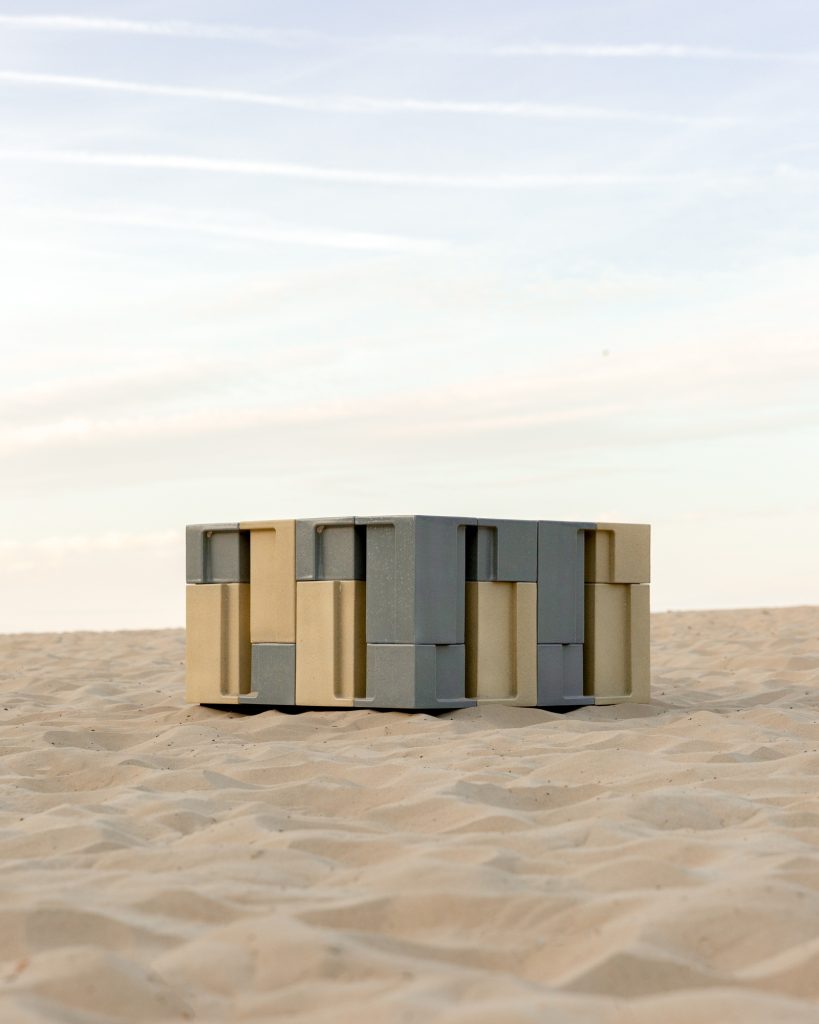
You’ve lauded the interdisciplinary relationship building of the 30UNDER30 program, so, what makes it special to you?
It has created an environment where we can connect with the architecture and interior design community, which we feel is essential to the development of the Australian furniture and object design culture. Without an interconnected industry, we see that each discipline tends to operate in silos, and continues a reliance on imported design.
As product designers, we see more and more that there is an appetite for Australian design both locally and in international markets. We hope that by working more closely with our interior designers and architects we can develop Australian design for Australian spaces that resonate with a global audience, in turn growing the industry as a whole.
Ultimately we hope that by connecting the emerging designers of each industry, when they come to be in positions of leadership, they will be conscious of their effect and ability to shape the industry in a connected way, and use their platform to champion authentic Australian design.
What exciting things have you been working on since? And, what can we expect from Object Density in 2024?
We seem to set ourselves impossibly high standards and expectations of what we can achieve, though we’ve pulled it off so far. We’re working towards Melbourne Design Week in May when we will be exhibiting the Proportions of Space collection – a collection of ceramic low tables prototyped in the Netherlands, now developed with Australian ceramicists. This collection sought to marry cues we took from the dutch architecture in the pieces’ form, with the natural landscape expressed through the glaze palette. The result was only ever prototyped, so we are excited to be finalising this as a market-ready collection.
We have also been continuing an extended research project through the _Matters exhibition, through which we are exploring the ways in which place can be imbued in objects via a process of naturally dying anodised aluminium with site-specific native flora. As seems to be a marker of our process, we are developing the narrative and material expression first, which will inform the collections embodiment.
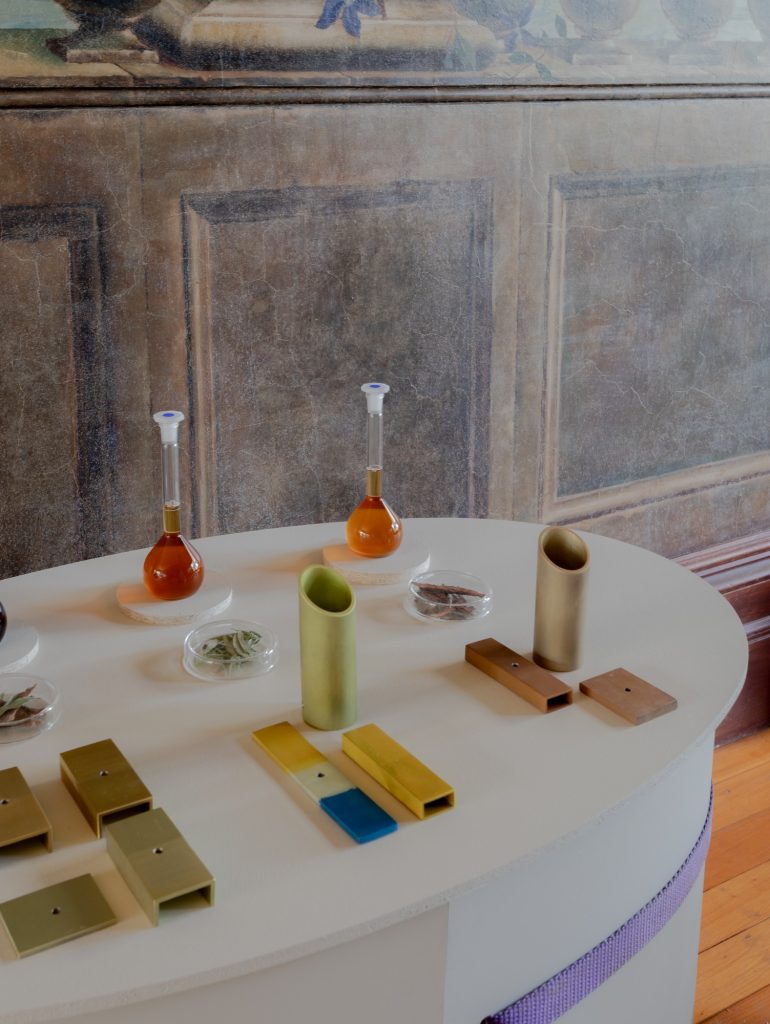
After the past 18 months of re-establishing ourselves here in Australia, 2024 feels like a year of moving forward with more creative outputs from our studio, It can at times seem like the year has raced away from us without creating new work, though now with a good foundation laid, we are excited for the years ahead.
Lead image of Lens Luminaire installation by Dick Rennings.
Australian Design Review’s 30UNDER30 Architects and Innovators of the Built World stream is brought to you by major sponsor Neolith, alongside Miele and Tongue & Groove. The program is supported by practice partners BVN, HDR INC, SJB, Richards Stanisich, Williams Burton Leopardi and Billard Leece Partnership.
The 30UNDER30 finalists will be announced in February. In the meantime, view the shortlist here.
You Might also Like
























